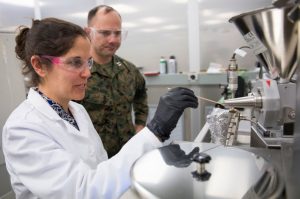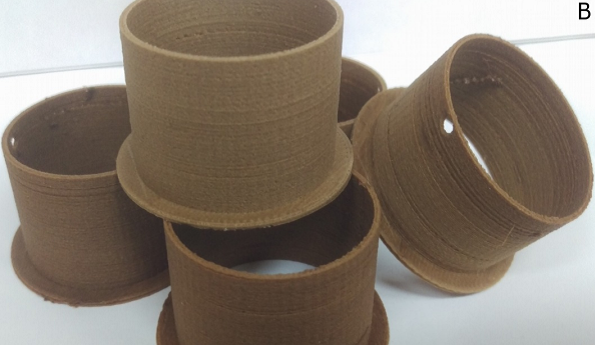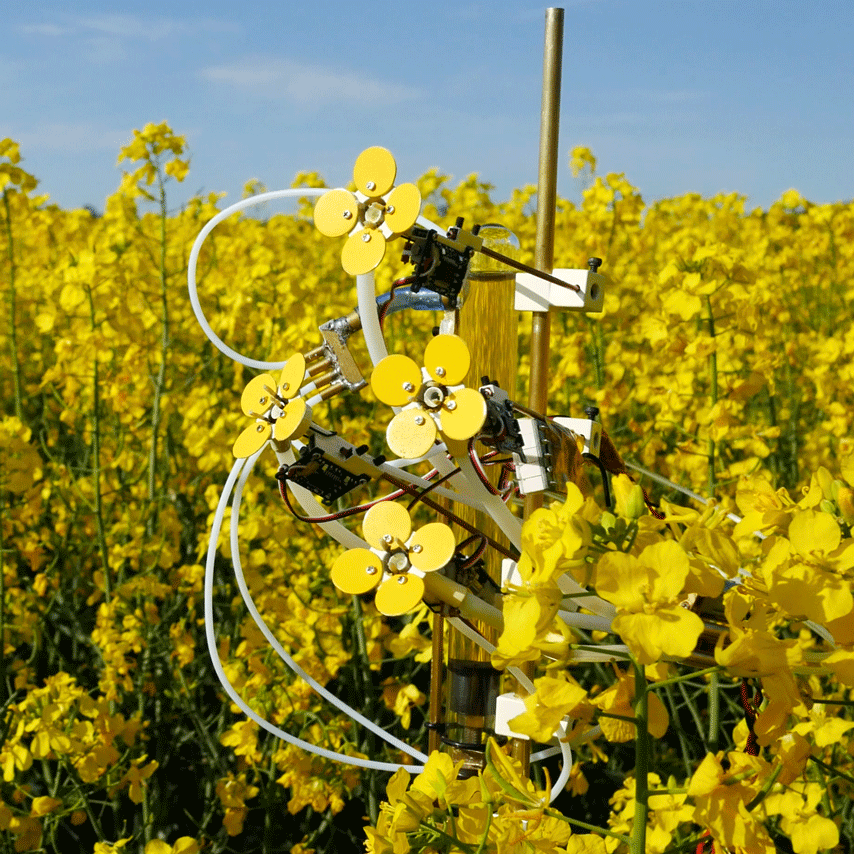10 Eco-Friendly 3D Printing Stories From 2018
3D printing comes with its own environmental concerns, like potentially harmful emissions as well as the use of vast quantities of plastic. But people have also done a great deal to help the environment using 3D printing, whether it’s recycling those vast quantities of plastic along with other plastic waste, or 3D printing devices to improve water quality or resources for insects. Here are 10 ways in which 3D printing helped the environment in 2018.
Reduce, Reuse, Recycle
Yes, 3D printing uses a lot of plastic. But many 3D printing enthusiasts are extremely conscientious about that fact, coming up with ways to recycle not only their discarded prints and filament but other plastic as well. Australian native Darren Loman launched an initiative involving the construction of an industrial-scale recycling plant that will keep plastic out of the oceans by instead turning it into 3D printer filament. Local schools will collect the plastic and send it to the plant, and in return the recycled filament will be given to the schools for use in educational projects.
 In other plastic recycling news, a new startup called Trimatis LLC recently arose with the intention of turning plastic waste into 3D printer filament. There’s always a need for more filament, and there’s always a surplus of plastic on the planet, so the two naturally go together. A group of researchers took things a step further by recycling the plastic found in e-waste, using solar energy to power the whole process. The United States military is also getting in on the 3D printing and recycling action, presenting its research into using plastic waste to create new 3D printer filament for the manufacture of parts needed on military bases and in the field.
In other plastic recycling news, a new startup called Trimatis LLC recently arose with the intention of turning plastic waste into 3D printer filament. There’s always a need for more filament, and there’s always a surplus of plastic on the planet, so the two naturally go together. A group of researchers took things a step further by recycling the plastic found in e-waste, using solar energy to power the whole process. The United States military is also getting in on the 3D printing and recycling action, presenting its research into using plastic waste to create new 3D printer filament for the manufacture of parts needed on military bases and in the field.
The Million Waves Project uses recycling and 3D printing to help humanity as well as the environment, using recycled plastic to 3D print prosthetic devices for children in need around the world. Earlier this year, the organization teamed up with Washington CoastSavers, an organization dedicated to keeping plastic out of the oceans. Recycling isn’t all about plastic, either – researchers from Michigan Technological University published a paper on using wood furniture waste to make a wood polymer composite material that would then be used to 3D print new wood furniture. Even food can be recycled – approximately one third of the world’s food is wasted, a sobering statistic that two organizations are trying to change by taking unwanted food and 3D printing it into new composites.
Sweden’s Paper Province is an initiative designed to depend less on plastic altogether, using renewable paper and wood resources to manufacture goods – including a 3D printed kayak. And in evidence that anything can be recycled, a student team 3D printed an entirely recyclable car called Noah.
It’s Not All Recycling
All right, so most of the environmental impact that 3D printing is having these days has to do with recycling, and that’s ok. But there have been other ingenious uses of the technology to help nature in other ways. We highlighted this story in our roundup of how 3D printing was used to help animals in the past year, but thought it was worth another mention, because the survival of our own species depends on the survival of bees, and an Australian artist’s 3D printed robotic flowers were an extremely creative way of making sure that bees had a safe place to pollinate. It’s a dangerous world out there for bees these days, and they need all the help they can get.
Keep 3D printing and recycling in 2019!
Discuss this and other 3D printing topics at 3DPrintBoard.com or share your thoughts below.
Subscribe to Our Email Newsletter
Stay up-to-date on all the latest news from the 3D printing industry and receive information and offers from third party vendors.
Print Services
You May Also Like
New Business: Temporary, Migratory, & Modular 3D Printed Architecture
If we look at potentially emerging 3D printing businesses, then architecture has not been fully explored. Yes, there is a lot of house 3D printing going on worldwide. From deployable...
3D Printing News Briefs, April 19, 2025: Material Extrusion Standard, Metal Powder, & More
In today’s 3D Printing News Briefs, we’re covering a proposed standard for material extrusion, before moving on to business and metal powder. We’ll end with a commercial store’s robotic 3D...
Japan Unveils World’s First 3D Printed Train Station
Japan is now home to what we believe is the world’s first train station built with 3D printing technology. Located in Arida City, just south of Osaka, the new Hatsushima...
restor3d Raises $38M to Expand 3D Printed Orthopedic Implants
Backed by $38 million in new funding, restor3d is pushing ahead with the launch of four personalized implant lines, set to roll out in 2025 and 2026. This latest venture...




























